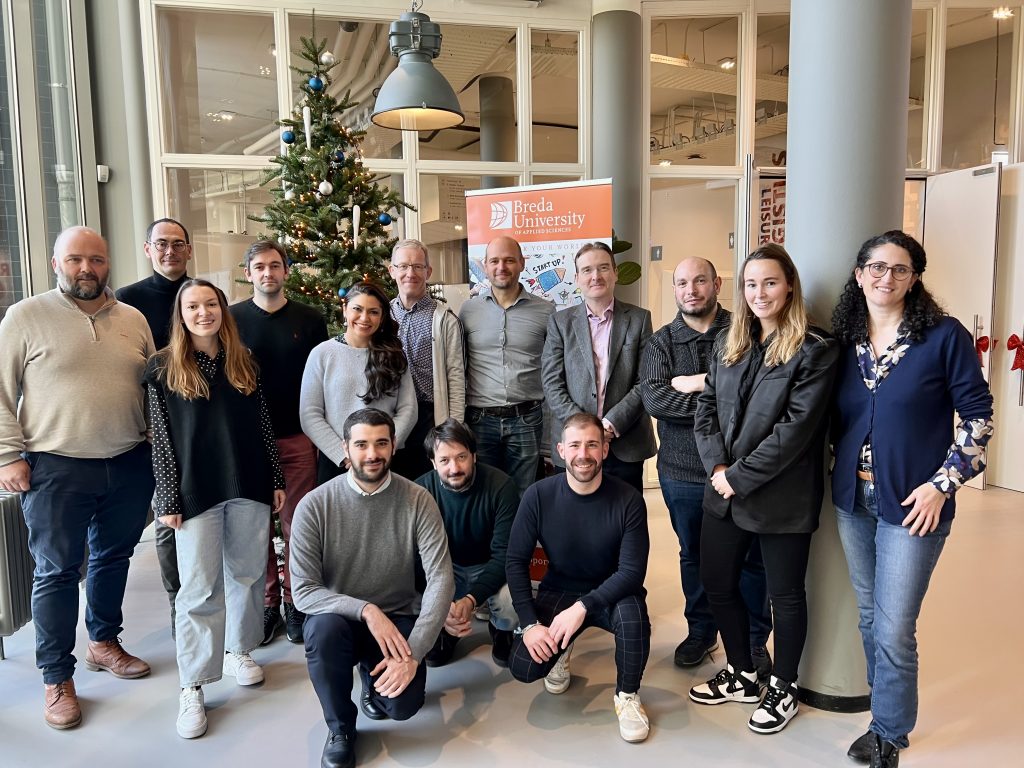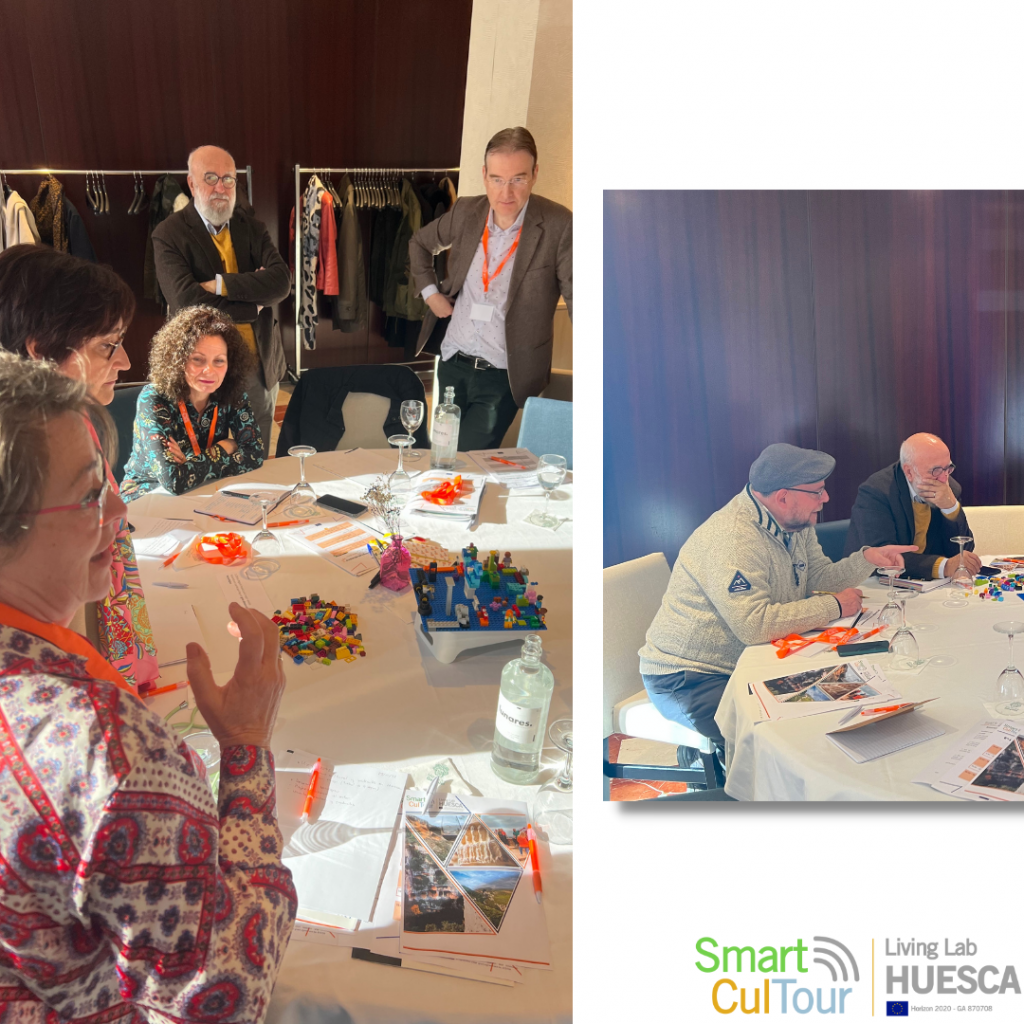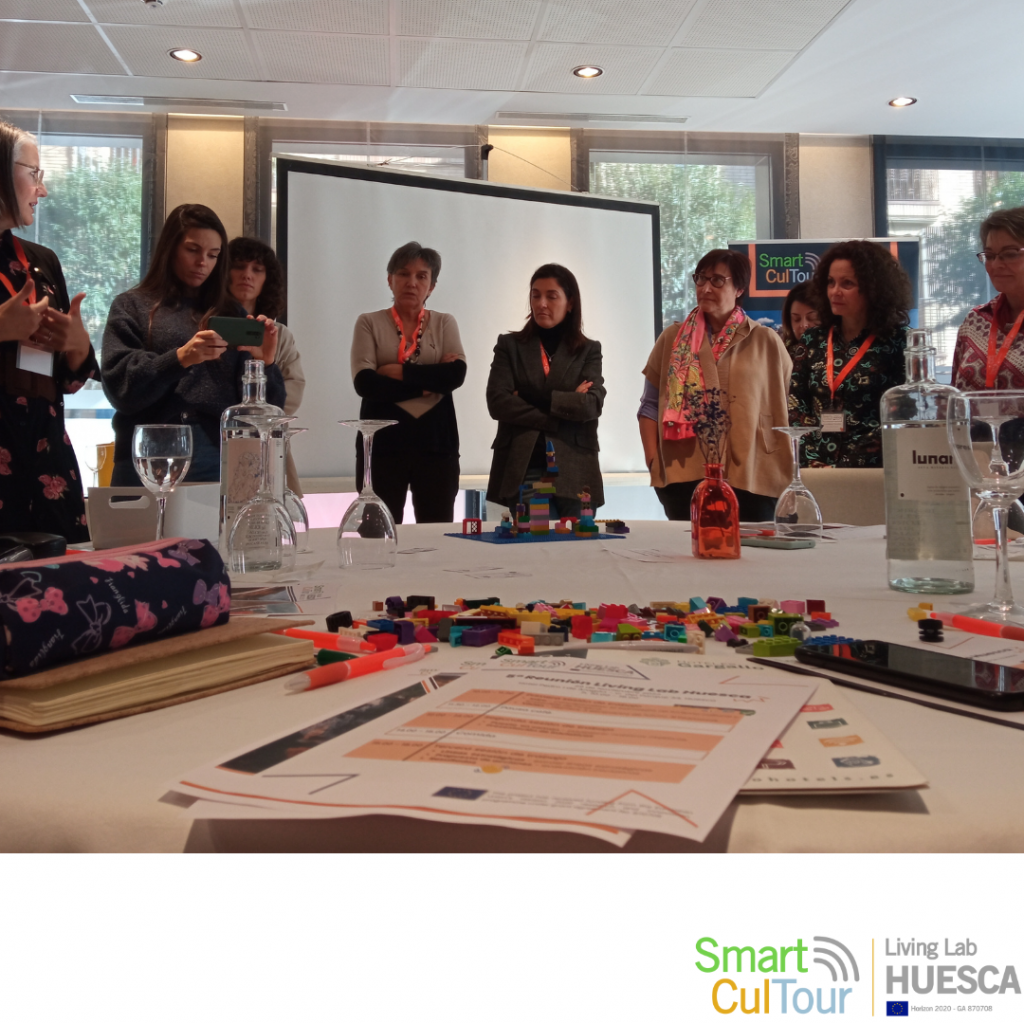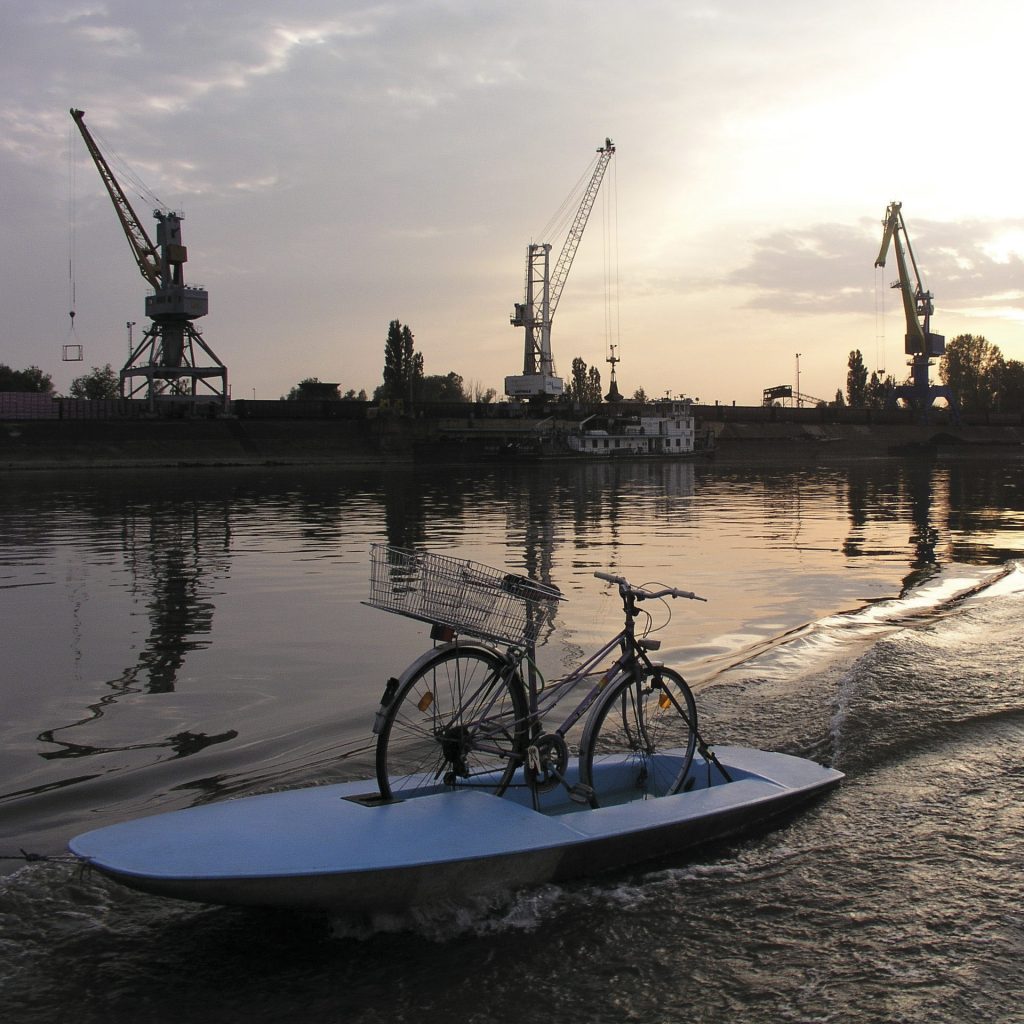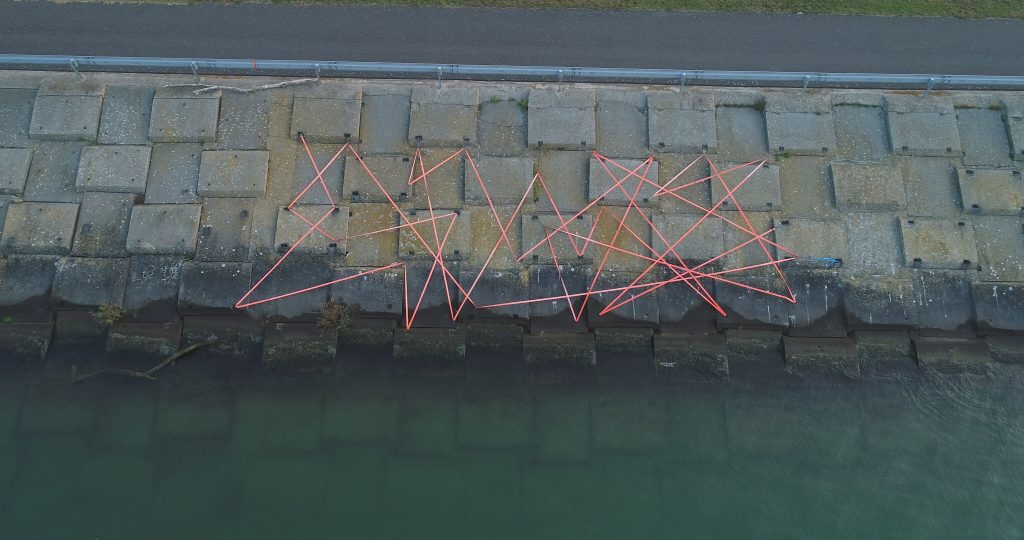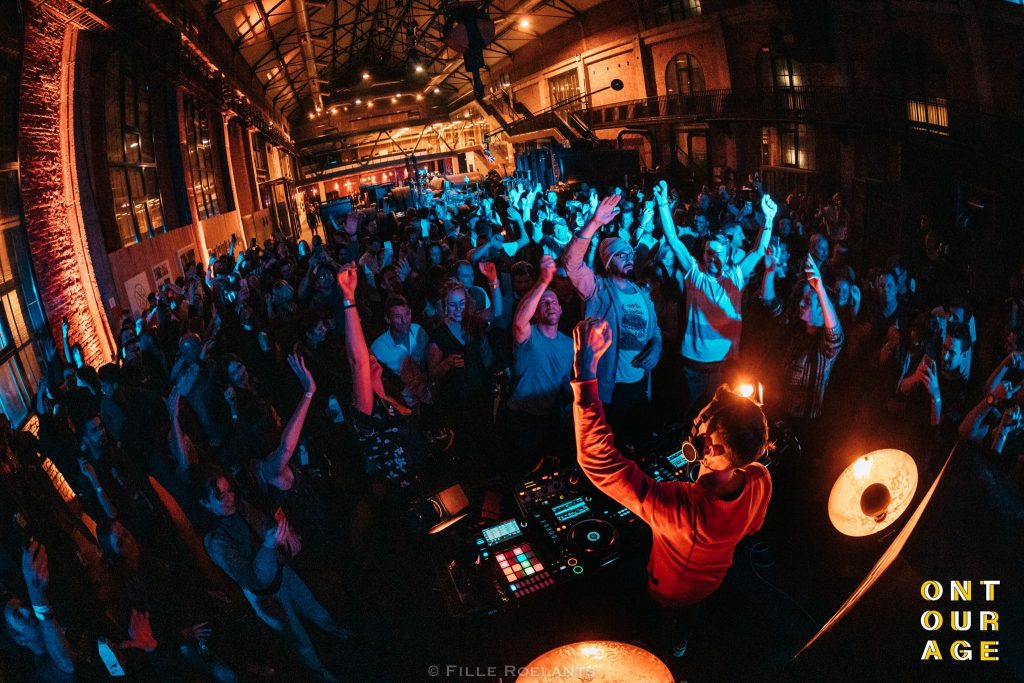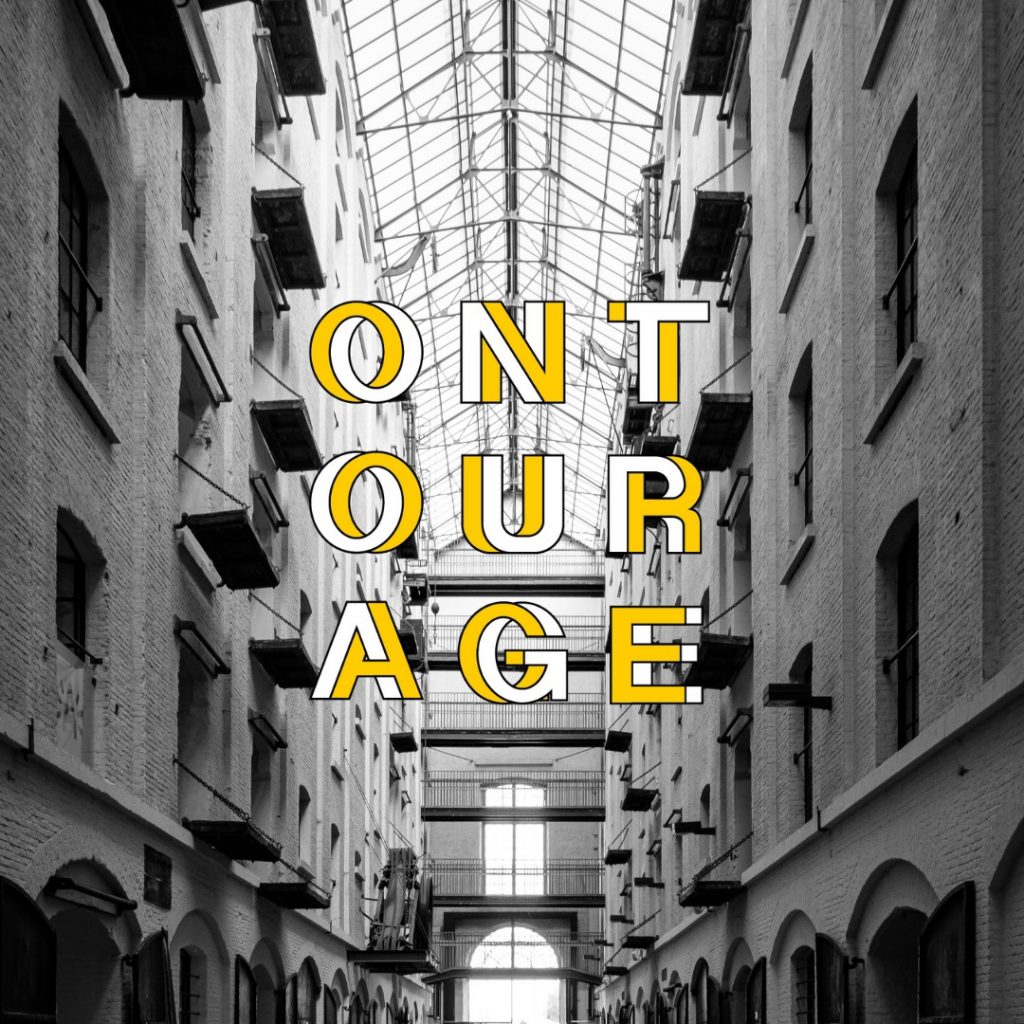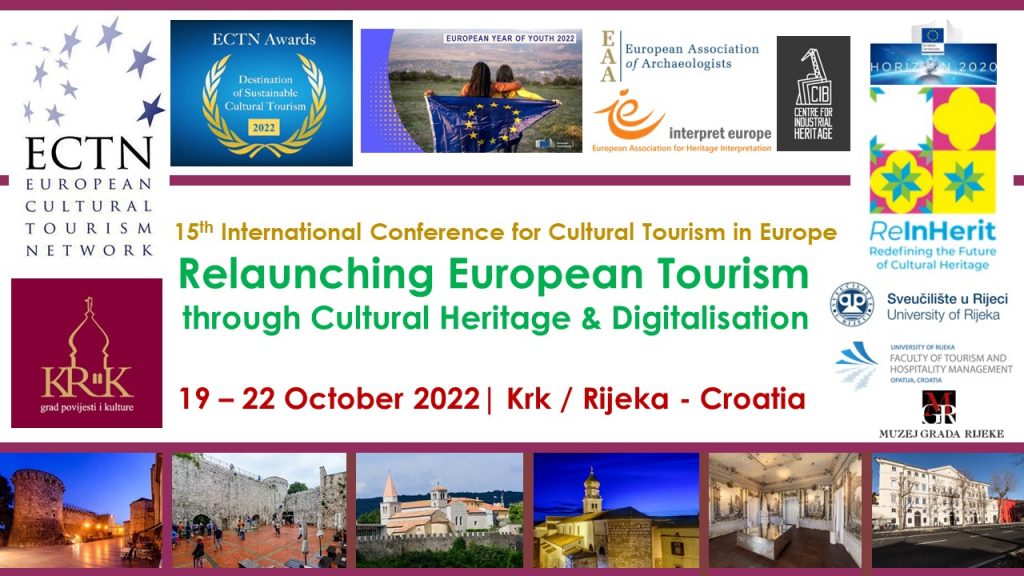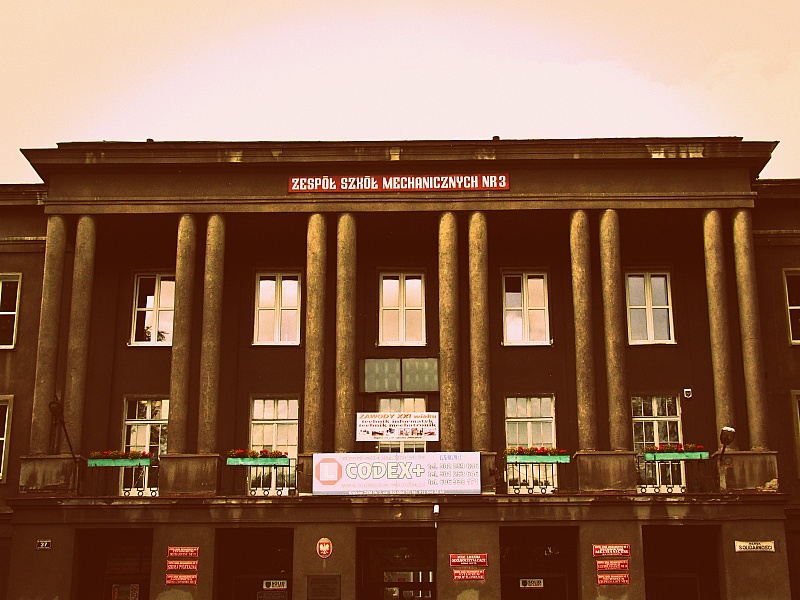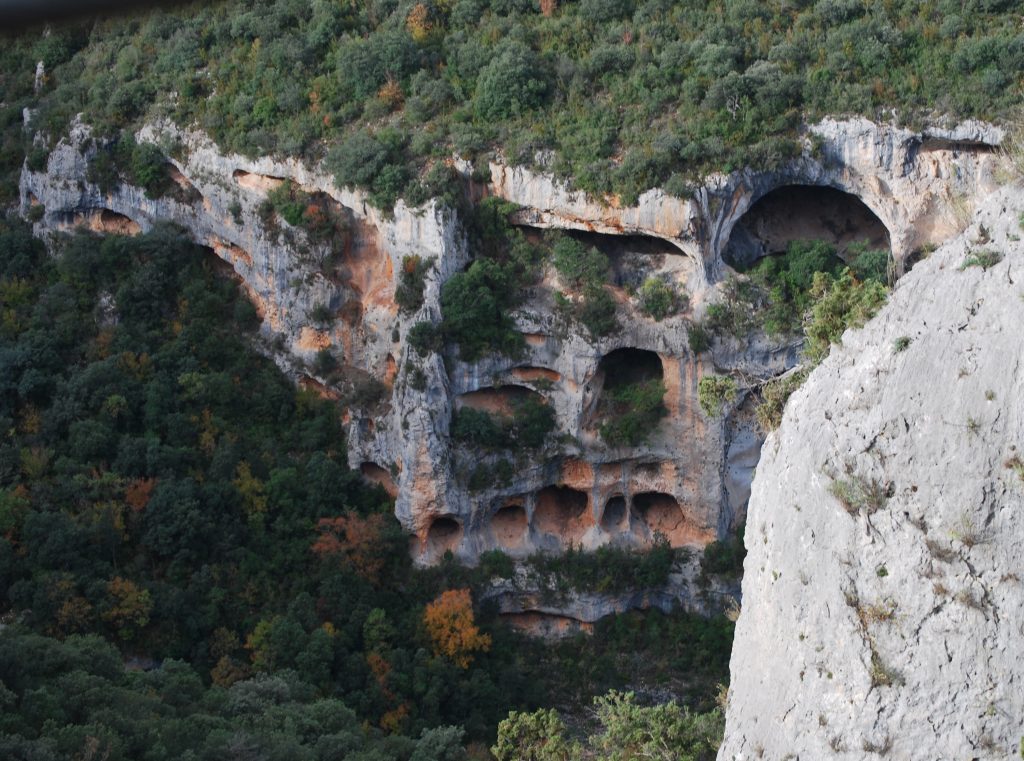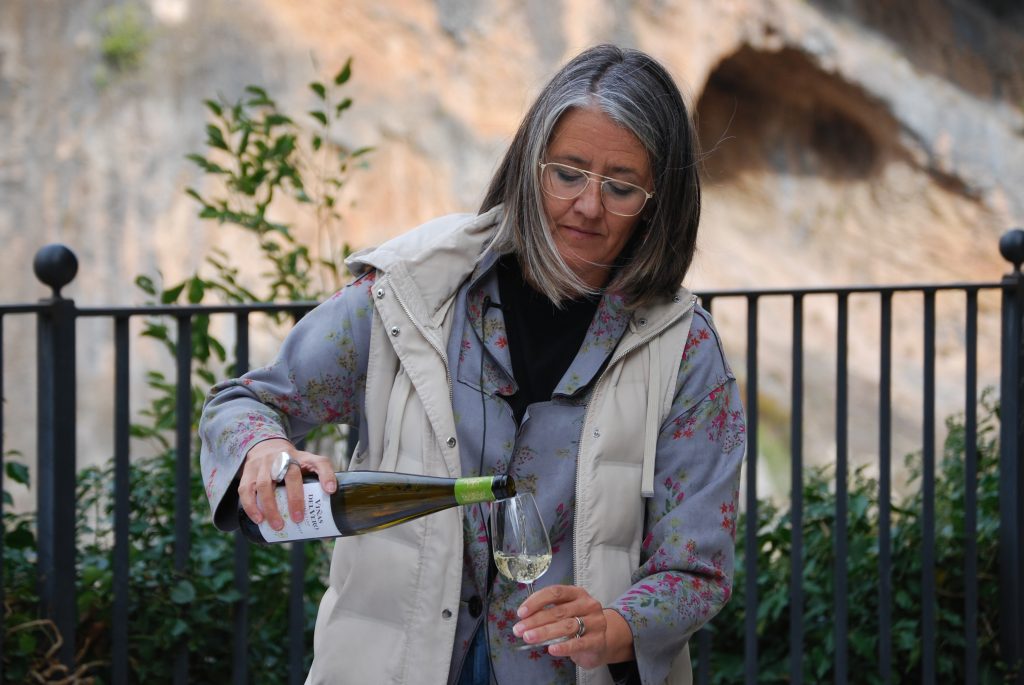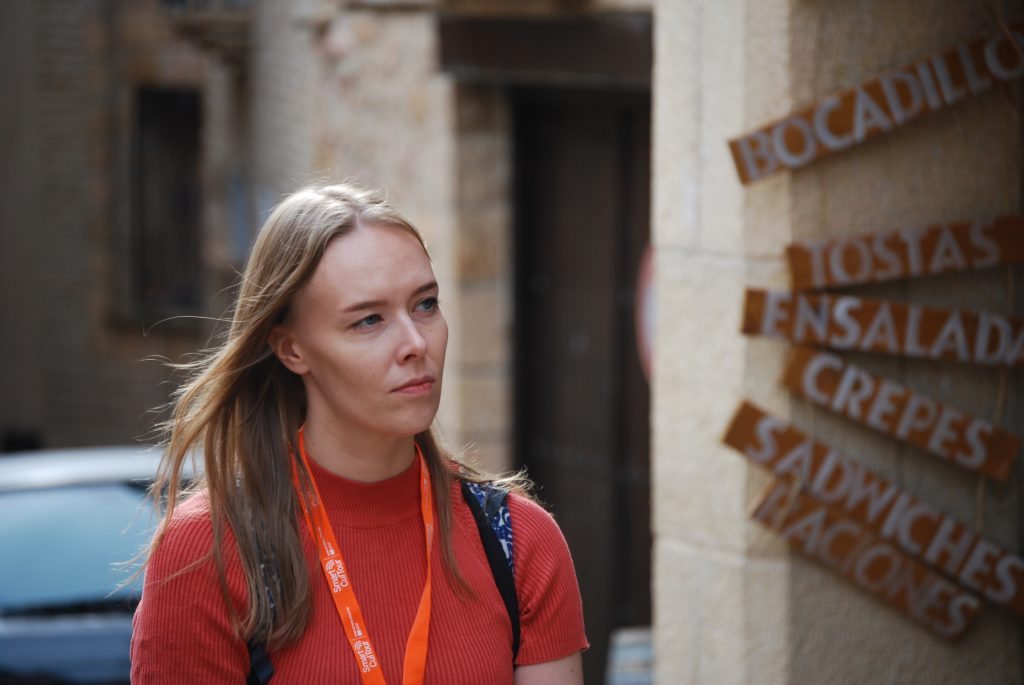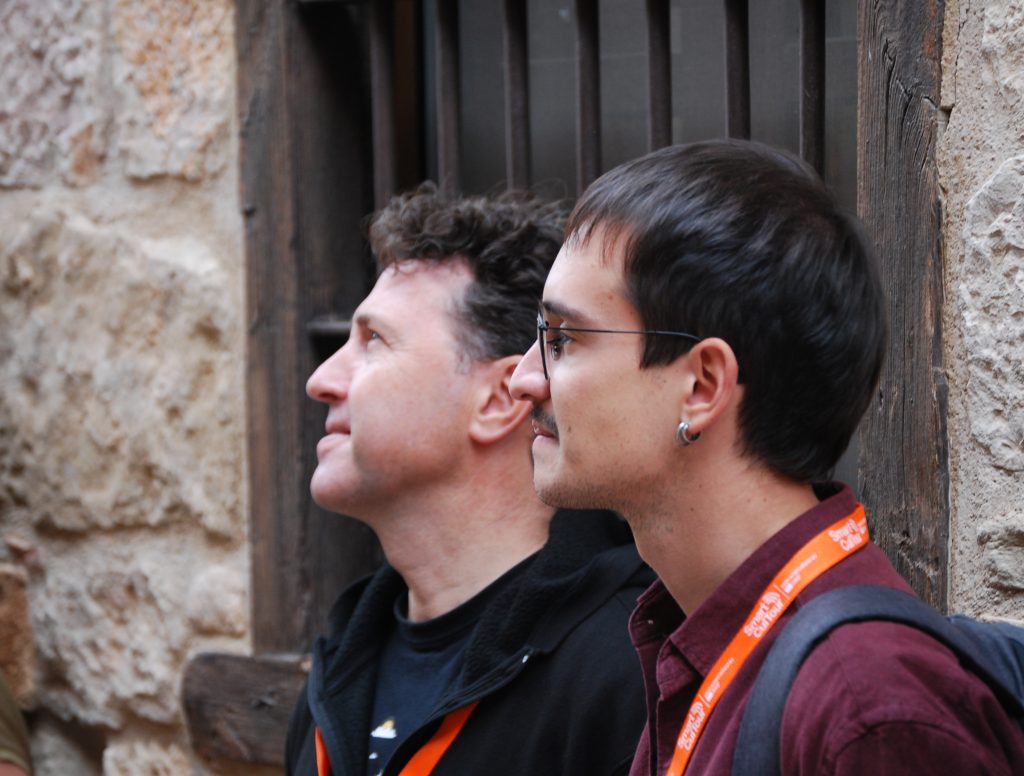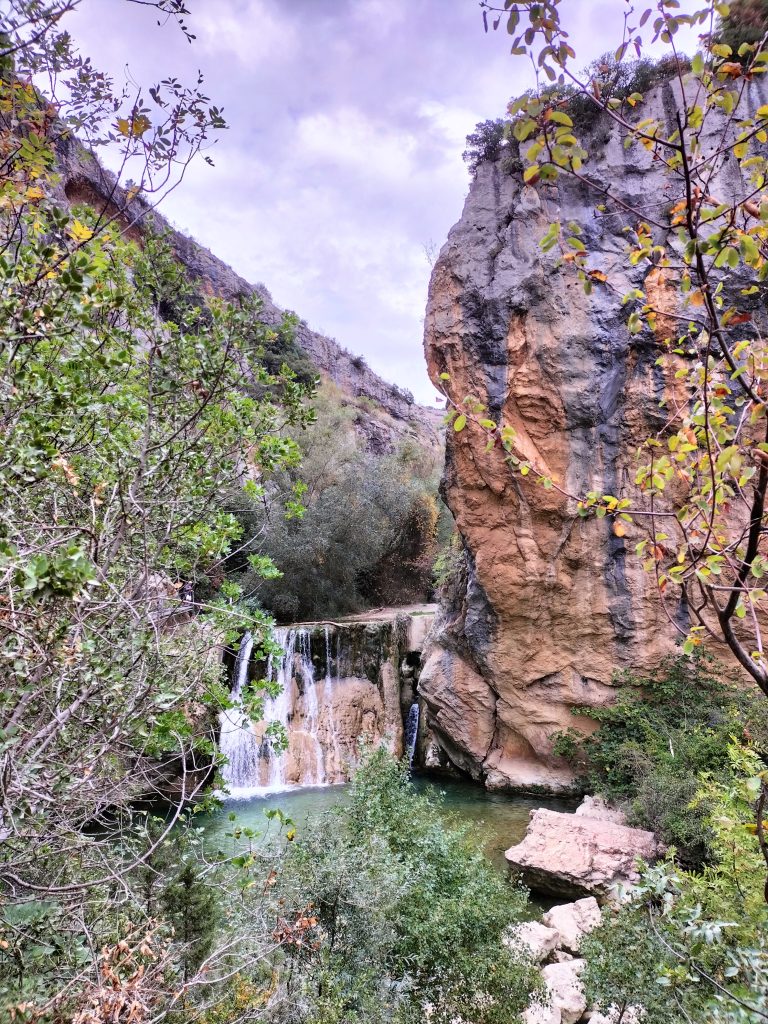The cultural heritage of Sinj: the story of Alka – Split LL intervention
For local communities, intangible cultural heritage (ICH) can be a valuable tourism resource. It can assist managers from the culture and tourism sectors in deepening the heritage experiences of locals and visitors, as well as in encouraging visitors to stay longer and increase their expenditure at the destination rather than coming and going without truly connecting with local people and places. The town of Sinj has a rich cultural heritage, and since the 18th century, it has hosted its trademark event, namely the annual chivalric tournament Sinjska Alka. The event is inscribed on the UNESCO Representative List of the Intangible Cultural Heritage of Humanity since 2010. To promote the preservation of the tradition, the entire community participates in the creation, conservation, restoration, and reconstruction of weapons, clothing, and accessories. During this process, Mrs. Liljana Vojković plays an essential role, as she is the only person who possesses the skills of weaving opanci oputari, the shoes used by the Alka knights. To preserve this skill and transmit it to future generations, it is needed to enhance its valorization in a sustainable way. There are plenty of opportunities to do so. For instance, heritage interpretation workshops could be organized in collaboration with the Alka Museum or the Sinj Tourist Board, thereby offering both tourists and locals the opportunity to learn about the process of making opanci oputari, as well as get involved in it. Furthermore, the samples of opanci oputari, in their standard or smaller size (for souvenir purposes), could be produced and sold in collaboration with the local businesses. The most appropriate places to sell them would be local marketplaces, souvenir shops and local fairs, the so-called the derneci (sg. dernek, parish folk fête) at Sinj, Trilj, Split, Trogir, Kaštela, Solin, Omiš, Imotski etc.
Tadalafilo. Inhibidor de la FDE-5 con efecto prolongado masculinafuerte.com. La semivida de eliminación alcanza las 36 horas. Se puede tomar en una dosis mínima constante, 1 comprimido al día, lo que garantiza la espontaneidad de la vida sexual





